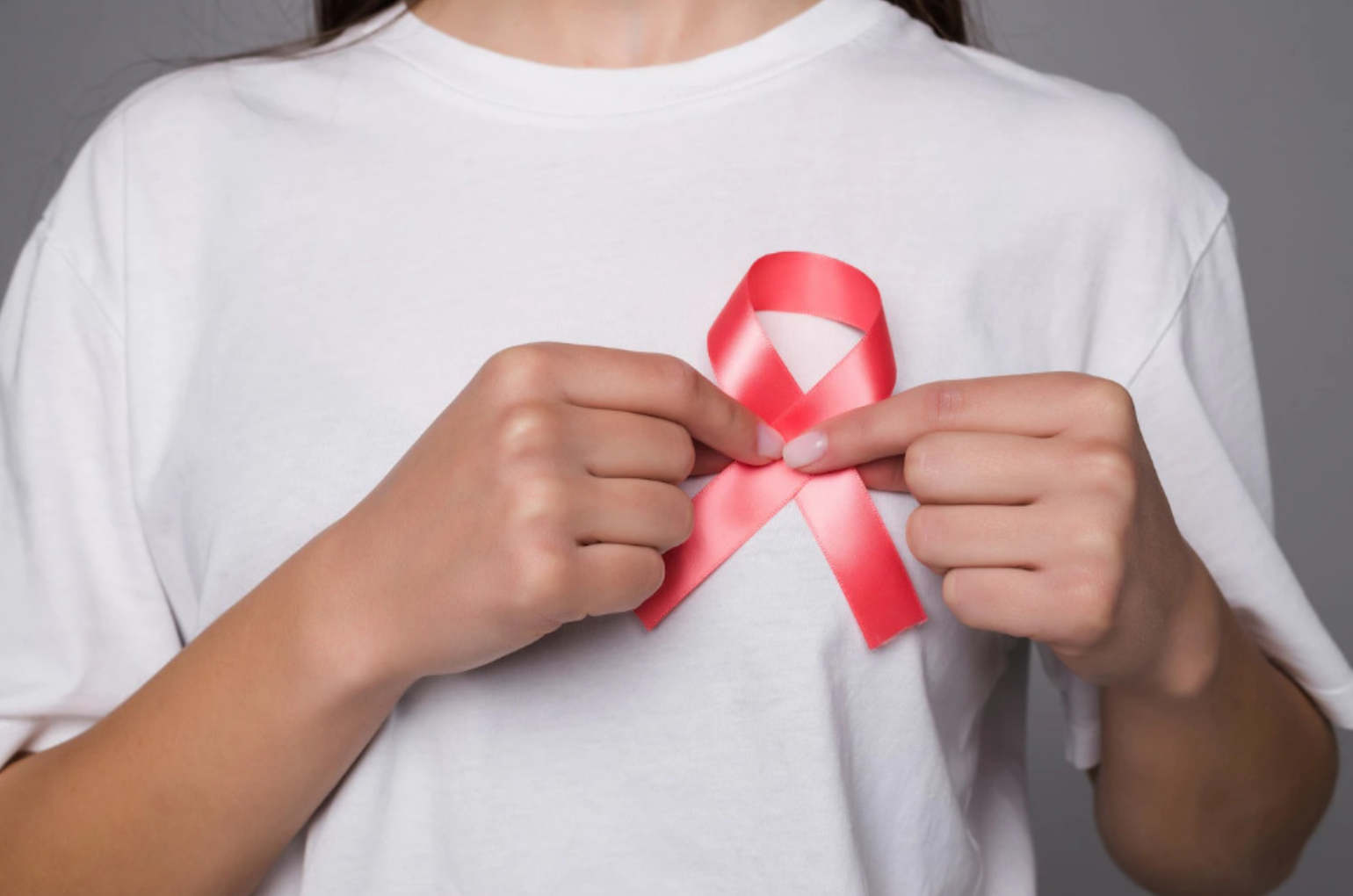Debunking 4 Myths about Breast Cancer | Men Aren't Exempt | Large Breasts Don't Cause Cancer!


Breast cancer ranks as the third leading cause of cancer-related deaths in Hong Kong, and it is the most common cancer among women. Many people associate breast cancer exclusively with women, but it is not exclusive to them!

Breast Cancer Myth #1: Only Women Get Breast Cancer
Don't forget, men have chests too! Men of any age can develop breast cancer, although the risk is about 1 in 200 compared to women. Research indicates that when men are diagnosed with breast cancer, it tends to be more severe than in women. This is because men have smaller breast tissue and shorter lymphatic pathways, which allow cancer cells to spread more rapidly.
Breast Cancer Myth #2: Large Breasts Increase the Risk
In reality, breast size alone cannot predict the risk of developing breast cancer. The true high-risk factor for breast cancer is obesity. Obesity increases estrogen levels in the bloodstream, which can accelerate the growth of breast cancer cells. If large breasts are a result of obesity, the chances of developing breast cancer may increase by nearly 60%. Furthermore, the majority of breast cancers occur within the breast tissue itself. Therefore, breasts with higher density (a higher proportion of breast tissue and less fatty tissue) have a relatively higher risk of developing cancer.
Breast Cancer Myth #3: No Family History, No Worries
Undeniably, genetic and family history are factors in breast cancer risk, but hereditary breast cancer accounts for only 10% of all cases! Nearly 90% of breast cancer cases are caused by acquired factors that lead to genetic mutations. These factors include age, menopause, obesity, alcohol consumption, smoking, a diet high in animal fats, disrupted sleep patterns, improper use of oral contraceptives, and lack of breastfeeding experience. By improving lifestyle habits and reducing these known risk factors, the risk of developing breast cancer can be decreased.
Breast Cancer Myth #4: Finding a Lump in the Breast Means It's Cancer
No need to panic! Not all breast lumps detected through self-examination are necessarily cancerous. They can be benign tumors such as cysts, fibroadenomas, or breast cysts, or they may indicate precancerous changes. The nature of the lump can only be determined through medical examination. If a lump is detected, it is important to seek professional advice from a doctor and undergo a comprehensive breast examination.
Moreover, women aged 25 and above who are sexually active should consider regular physical examinations to ensure peace of mind. re:HEALTH offers 3 different packages for female health check-ups, catering to various individual needs.
Women Standard Health Check Package includes:
.Cervical Cell Infection: Human Papillomavirus Testing (Genotyping), Cervical Smear Test
.Tumor Marker Testing: Breast Cancer Tumor Markers, Ovarian Tumor Markers
Women Priority Health Check Package includes:
.Ultrasonography: Breast Ultrasound, Pelvic Ultrasound
.Cervical Cancer Screening: Cervical Smear Test
Women Premium Health Check-up Plan includes:
.Cervical Cell Infection: Human Papillomavirus Testing (Genotyping), Cervical Smear Test
.Tumor Marker Testing: Breast Cancer Tumor Markers, Ovarian Tumor Markers
.Ultrasonography: Breast Ultrasound, Pelvic Ultrasound
.Calcium Screening
.Hormone Testing
You also have the option to add additional examination items at a discounted price, allowing you to gain a comprehensive understanding of your personal health and safeguard your well-being.
Related Brands


